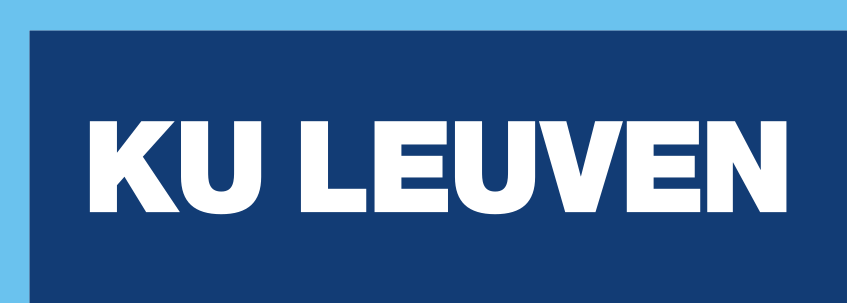For more information on the above examples, you can click on the links above or you can go directly to the Showcase page.
eTaSL¶
eTasl is a task specification language for reactive control of robot systems. It is a language that allows you to describe how your robotic system has to move and interact with sensors. This description is based on a constraint-based methodology. Everything is specified as an optimization problem subject to constraints. What eTaSL/eTC is and is not explains this further.
The Showcase page gives many more videos with application examples.
Getting started¶
eTaSL is installed from the git repositories. In eTaSL Installation and Getting Started Guide you can find instructions for downloading and building eTaSL v1.3.2, as well as a number of examples and tutorials to get started (Release notes).
A set of tutorials is available that demonstrate how to use eTaSL for a full robot application in an Orocos/Ros environment. In these tutorials, a template application is discussed that can be deployed in simulation or on a physical robot. This template includes eTaSL specifications, but also other components such as state machines, robot simulators, robot drivers and sensor drivers. Currently, drivers for 4 robot types are provided (Universal Robots - UR10, Kinova Gen3, Franka Emika-Panda, and Kuka -iiwa LWR4). You can use this template application as a starting point for your own applications.
Tutorials¶
The following detailed presentation details the motivation behind eTaSL and explains the basic semantics/syntax of an eTaSL specification.
A video and presentation of the CobaRop workshop on our approach to robot programming. You can find the complete workshop here.
In the same workshop, you’ll find a presentation detailing the use of eTaSL in an application related to the quality inspection of car parts at Audi Brussels.
A tutorial and video on sensor-based reactive robot control using eTaSL applied to a contour-tracking application. Example code can be found here
A set of tutorial presentation from the Atlas project on best Practices in integrating complex robotic systems such as using Orocos, Ros and real-time systems.
Orocos documentation and some explanation on how to use Orocos/ROS in robotics (unrelated to eTaSL itself).
Lua cookbook describes the Lua language. Lua is used in the eTaSL specification language, in the state machine description language rFSM, and the configuration of the Orocos components.
In our applications we typically use rFSM to describe the state machines that coordinate the different Orocos components.
Documentation¶
This Presentation gives you an introduction.
eTaSL Documentation gives you the eTaSL documentation manual.
A typical eTaSL robot application uses also other libraries, such as rFSM, ROS and Orocos RTT. Third Party documentation gives you useful links to the documentation of this third party software.
Developer Documentation explains API documentation and how you can get involved in the development process.
Development version¶
Development version documents the development version of eTaSL. The development version of eTaSL uses CMake and is independent of ROS or Orocos. The dependency on Orocos (and ROS) is only brought in with the eTaSL-RTT component. It contains also improvements such as many more unit tests, the support for quaternions, a better initial solver, a new urdf-reader and a new format to describe a world model for the robot application. It supports ROS2, but (currently) does not support ROS.
Projects¶
eTaSL is used in the following projects.
License¶
The eTaSL software is licensed under the LGPL License, see LICENSE.txt
Getting support¶
Note
You can subscribe to this mailing list for discussions and questions
(EXPRESSIONGRAPH at LS dot KULEUVEN dot BE)








